Winter’s here, but that doesn’t mean you can’t harvest vegetables. If you prepared in the mid-summer or early fall, you’ll harvest crops that will only grow sweeter with the cold.
Start planning early, even in spring. You’ll have time to plan out your winter garden and even start preparing the ground for autumn planting. When your seed catalog arrives in the mail, read the descriptions of the vegetables you want to grow in the winter. Choose the varieties that are described as cold-hardy.
Fern care in winter is also a concern for gardeners. You can overwinter your ferns, but you need to duplicate the indoor and outdoor conditions as best as you can.
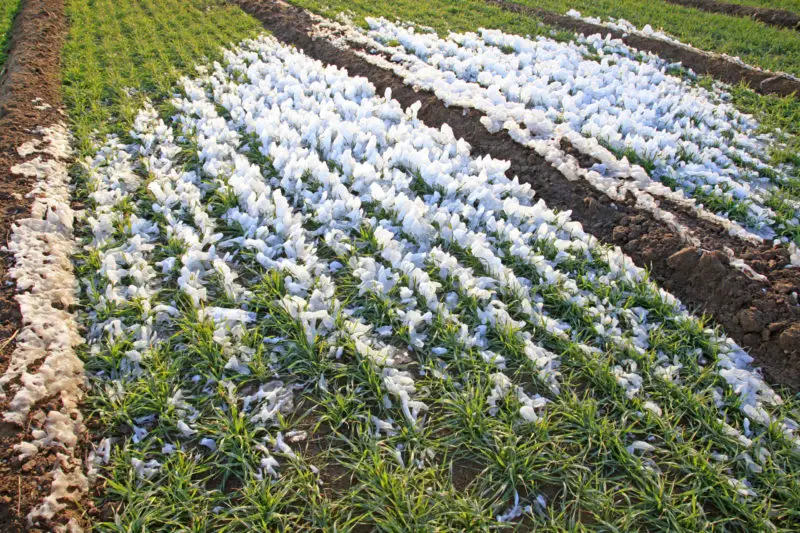
Crops that Grow in Winter
For best winter crops, choose varieties that have a high tolerance for cold. Find out which is your cold-hardy zone from the USDA map.
The Onion Family
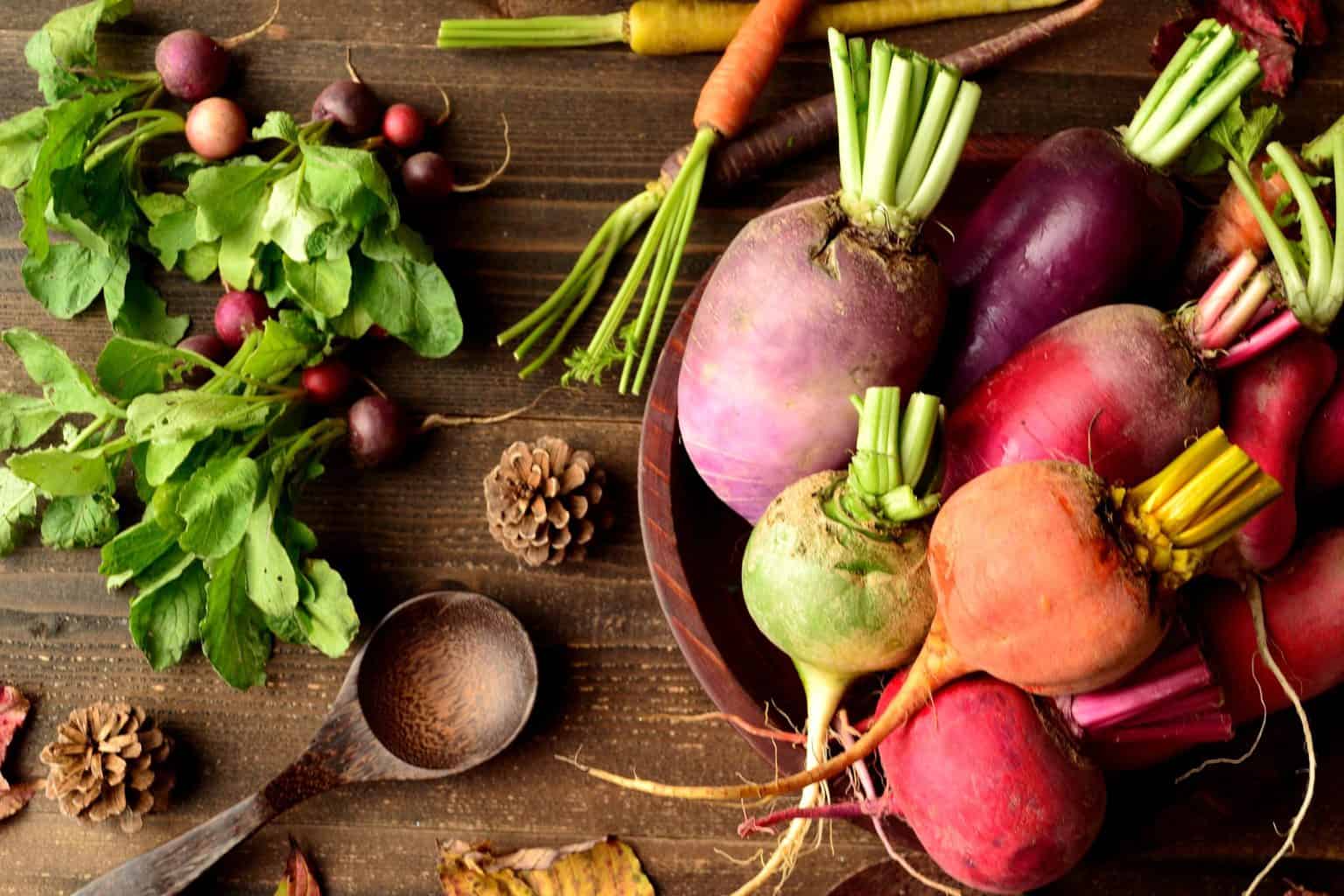
To start with, think of the alliums: garlic, onions, shallots, and leeks.
Buy ahead of garlic for planting. Supermarket garlic may have been sprayed with pesticides or an agent specially made to prevent sprouting. Chose a garlic head that has big cloves, and gently take it apart. Don’t peel the cloves. Set the garlic cloves into the dirt about 4” apart, root side down, and pointed head up. Don’t water them until you see green shoots come up.
Plant onions like the Welsh onion, and shallot sets in the fall and they’ll just about take care of themselves. They overwinter well, but won’t be ready for harvest until the following summer. Mark off the area where the onions and shallots are, so when spring comes, you’ll know not to plant anything new there. Green onions (scallions) are quick growers and overwinter well. You’ll enjoy them through the winter and into spring.
Although leeks prefer mild winters, they do tolerate cold to some extent. Although they’re related to onions and shallots, which live underground through the winter, leeks are safest inside a protective structure like a greenhouse, or cloches.
With cold-hardy vegetables in your garden like leeks, potatoes, and onions, you’ll have all the warming soups you want, all winter long.
Root Vegetables
Root vegetables produce more sugars when the cold comes, making them all the fatter and more appetizing for you. Potatoes, radishes, and beets do well in winter.
You might consider digging up one of those dandelion roots that you missed when you weeded earlier on. Winter dandelion roots are edible and tasty.
Beet seedlings like cool autumn weather. Once the roots are established, you can count on harvesting them even if the greens have died back.
Carrots are hardy root vegetables and tolerate temperatures as low as 15 degrees Fahrenheit. But don’t let them sit in the soil for extended cold periods, as they will become pale and flavorless.
Wait until there’s been a frost to harvest the sweetest parsnips. They survive cold down to 0 degrees Fahrenheit and improve in flavor after one or two frosts.
Radishes survive hard freezes. But don’t wait for serious cold – dig up your radishes for radish and salted butter sandwiches before the ground gets too hard to dig up. Rutabagas are another crop that enjoy light frost. They’re sweeter after having gone through one. Turnips also grow sweeter in winter.
Cole Crops and Leafy Greens
Cole crops are cabbage-family vegetables: broccoli, cauliflower, cabbages, collards, kale, kohlrabi, and Brussels sprouts. They tolerate light frost. Some cole crops survive exposure to snow. Kale is a champion in winter; if the leaves freeze, you can snap them off and thaw them out to cook.
Cover short-stemmed kale insulating material. Tall plants can be protected with a tent made of stakes placed in a circle around the kale area. Wrap burlap around the stakes. Fill the ground between the plants with straw or leaves.
Do you like collard greens? They come through winter fabulously, and their flavor even improves with cold weather. Plant broccoli in the fall for late-winter harvesting. Broccoli may survive temperatures that dip as low as 28 degrees Fahrenheit.
Brussels sprouts tolerate frost, and even improve when chilly days are sunny with frost at night. But harvest them right away if you hear that a hard freeze is coming.
Cabbages tolerate temperatures down to 20 or even 15 degrees Fahrenheit. Coleslaw isn’t only for summer when you can harvest winter cabbage and carrots. Cauliflower is much hardier than you’d think. This vegetable can take temperatures that dip to 10 degrees Fahrenheit. Lettuce, like lamb’s lettuce, and spinach survive light frost, but don’t count on them to keep going for long after frosts begin.
Celery will survive light frost, but not more than once. Hard frost will kill it off, so harvest your celery in time. Mustard greens survive cold weather and snow. Another good pot vegetable for winter soups. Spinach may come through a mild winter, but count on early spring for tender new growth and the best flavor. A good alternative to spinach in winter is Swiss chard. It tolerates cold to 15 degrees Fahrenheit.
Asparagus
If you love asparagus and have room for an asparagus patch, consider laying one down in autumn. Choose a variety suited to plant in the fall.
Patience is required with asparagus, as the plants take two years to establish. But as each plant can grow as many as 25 spears yearly – and continues producing for 25 years – you may decide it’s worth waiting for them.
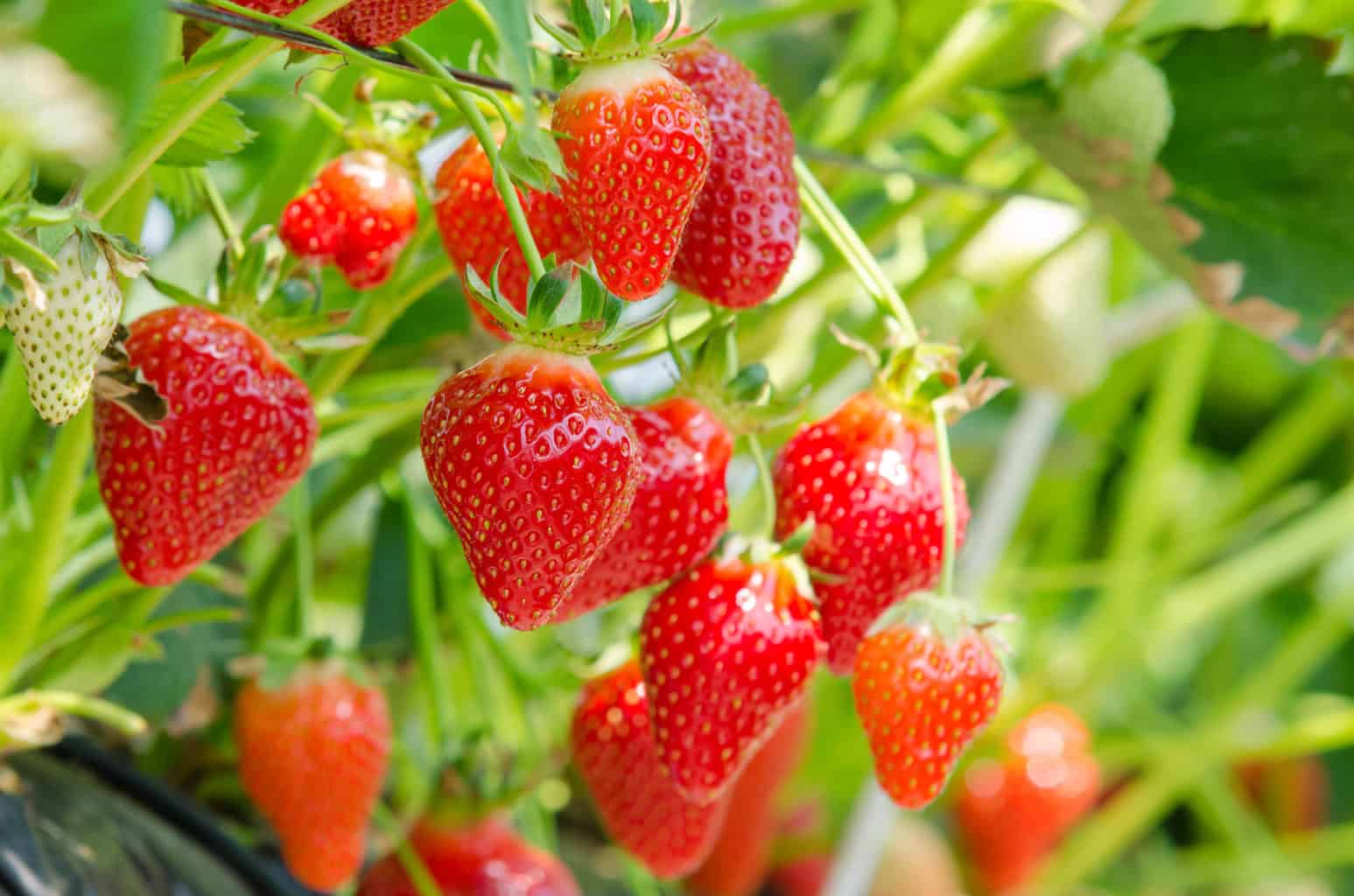
Tips for Growing Winter Garden Crops
The trick to growing tender greens in winter is matching cold-tolerant greens with a protective structure that fits in your available space.
A small greenhouse, a walipini greenhouse, cold frames, or mini hoop tunnels, or polytunnels, will allow you to grow tender greens in cold weather. With one of these, you can plan for leafy greens like lettuce, chard, kale, and spinach even if your winters are harsh.
Growth, for most vegetables, starts slowing down as winter days get shorter. For vegetables growing in open ground, it’s best to plan for harvesting while there are still at least ten hours of daylight.
After that, cold-tolerant vegetables are safest inside their protective structure, whatever you may have chosen to put up. Protect winter vegetables like carrots and onions from heavy frost by putting plenty of straw down on their beds.
Don’t give up on a leafy or cole vegetable if it’s been damaged by frost. Cut spoiled areas away and it will likely recover and keep growing.
Protecting Winter Crops
By autumn you’ll probably have some vegetables in the garden: root crops, leafy greens, and others. Don’t let them go to waste when hard frosts come. Extend the harvests of existing crops by building a mini tunnel or cold frame over them. Or lay down a good layer of mulch.
Leaves and straw make great mulch and are the cheapest way to protect winter vegetables like beets, parsnips, and carrots. Run leaves through a leaf chopper to make light mulch. If you’re using straw, make sure it comes from grass that wasn’t sprayed with pesticides. Cover the vegetable bed with one to two feet of mulch. Top it with a sheet to preserve the insulation.
Place something heavy on the corners of the sheet or row cover to keep it from flying away in the wind. Harvesting is as easy as pushing back the sheet and mulch to expose the vegetables you want to dig out. Mini tunnels are easily made from kits you can order. Cover them with greenhouse poly secured at the ends.
If you have access to straw bales, you can easily build an excellent shelter for vegetables that grow on long stems, like Brussel sprouts and leeks. Do this in the fall. Place straw bales around the bed so that the vegetables are surrounded in a straw bale rectangle or square. Place an old door, window, or a sheet of some other hard, stable material over the bales to enclose the bed.
All it takes to reach the vegetables and harvest is to lift the top off. An advantage of straw bale frames is that they’re easily moved around and rebuilt as needed.

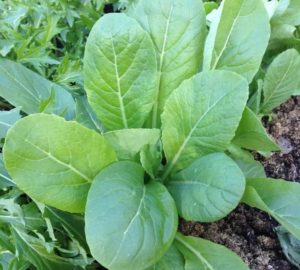
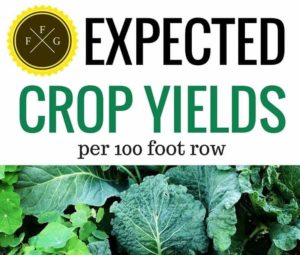
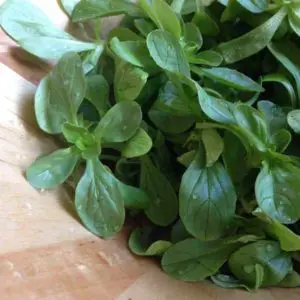
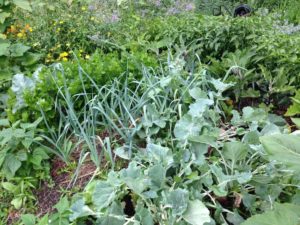
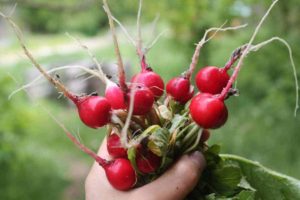
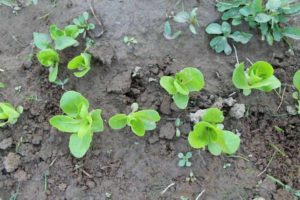
Hello, I found your article about winter crops really helpful..thanks, Richard